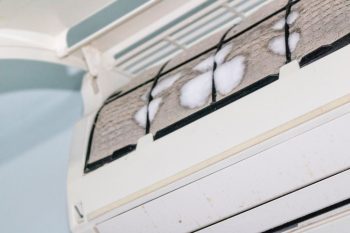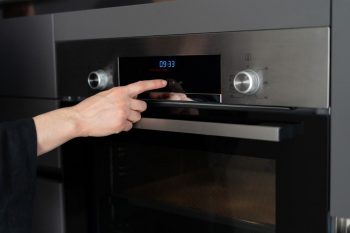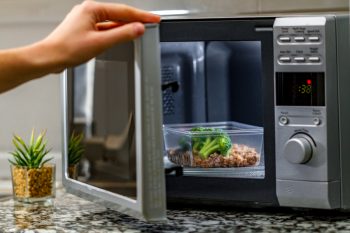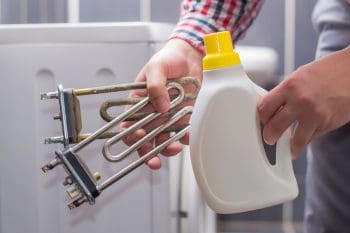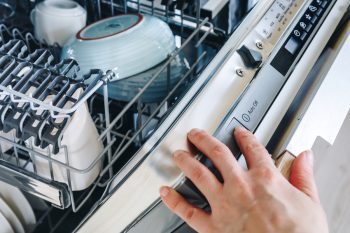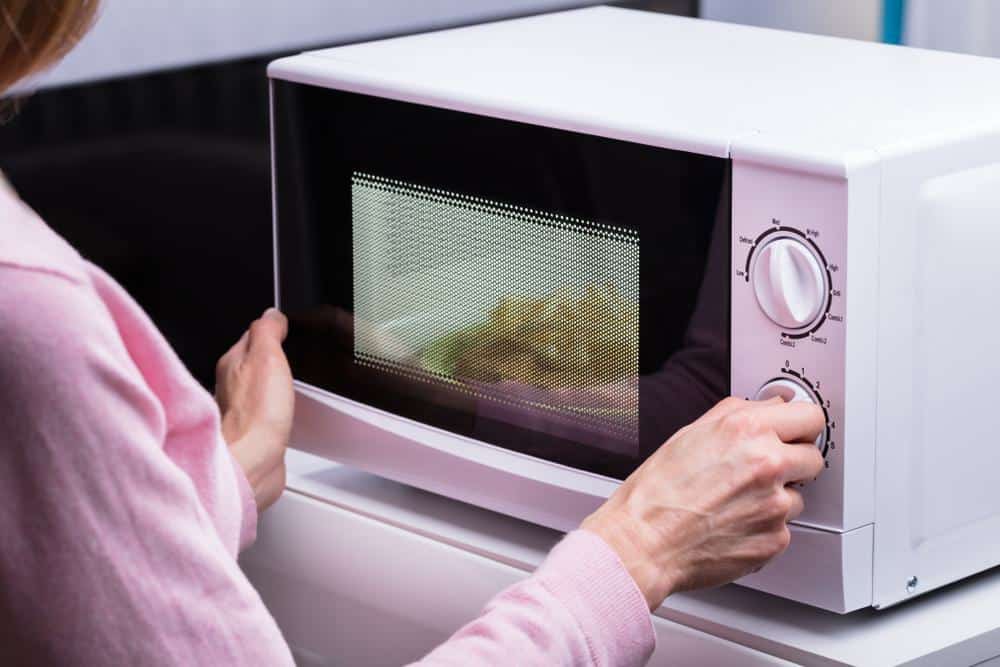
In the hustle and bustle of modern life, the microwave oven has become an indispensable kitchen appliance, providing a quick and convenient way to heat and cook food. However, you might have noticed that your microwave gets hot inside during operation and wondered, “Why does this happen?” and “Is it normal?” Let’s dive into the details and answer these questions comprehensively.
The inside of a microwave gets hot during operation due to the process of dielectric heating. The microwave generates electromagnetic waves that cause water molecules in the food to vibrate, producing thermal energy or heat. This heat can cause the interior walls and floor of the microwave to become warm. However, if the inside of the microwave is getting excessively hot, it could be due to a malfunctioning component, like the magnetron.
How a Microwave Works
A microwave oven heats and cooks food by exposing it to electromagnetic radiation in the microwave frequency range. This induces polar molecules in the food to rotate and produce thermal energy, a process known as dielectric heating. Microwaves cook foods quickly and efficiently because excitation is fairly uniform in the outer 25–38 mm (1–1.5 inches) of a homogeneous, high-water-content food item.
The microwave’s primary component, the magnetron, generates microwaves by converting high-voltage DC electric energy into microwave radiation. These microwaves are then directed into the cooking chamber through a waveguide, where they bounce around, cooking the food through radiation heating.
Why Does the Inside of a Microwave Get Hot?
It’s normal for the inside of a microwave to get warm during operation. Microwaves heat food by generating electromagnetic waves that cause water molecules in the food to vibrate and produce thermal energy — heat. The heat generated by the food can cause the interior walls and floor of the microwave to become warm. However, if the inside of the microwave is getting excessively hot, it could be due to a malfunctioning component, such as the magnetron.
Risks and Dangers of an Overheating Microwave
An overheating microwave poses several potential risks and dangers:
- Burns and Scalds: Overheated food or liquids can cause burns and scalds when touched or consumed.
- Fire Hazard: Overheating food or using inappropriate containers can lead to fires inside the microwave.
- Damage to the Microwave: Overheating can cause damage to the microwave’s internal components, reducing its lifespan and potentially leading to malfunctions.
- Uneven Cooking and Bacterial Growth: Overheating can result in cold spots in the middle where bacteria can survive, posing a risk to food safety.
Preventing Your Microwave from Overheating
To prevent your microwave from getting excessively hot, follow these tips:
- Avoid overusing the microwave
- Ensure proper ventilation
- Keep the microwave clean
- Use the correct cookware
- Be mindful of cooking times and power settings
What to Do If Your Microwave Overheats
If your microwave is overheating, unplug it, inspect the vents, check the door seal, reset the microwave, and if it still doesn’t work, consider hiring a technician or replacing it.
What to Do If Your Microwave Catches Fire
If your microwave catches fire, keep the door closed, turn off the microwave, and let the fire burn out. If the fire is already out of control, unplug the appliance immediately and use a Class B or Class C fire extinguisher if necessary.
In conclusion, while it’s normal for the inside of a microwave to get warm during operation, it should not get excessively hot. If it does, follow the steps mentioned above to prevent potential risks and maintain the longevity of your appliance.
Frequently Asked Questions
What is dielectric heating?
Dielectric heating, also known as electronic heating, is a process in which a high-frequency alternating electric field, or radio frequency electromagnetic field, heats a dielectric material. In simpler terms, it’s the method microwaves use to heat food. The microwave generates electromagnetic waves, which cause the water molecules in the food to vibrate, producing heat.
What is a magnetron and how does it work?
A magnetron is a vacuum tube that generates microwaves. It works by converting high-voltage DC electric energy into microwave radiation. This radiation is then directed into the cooking chamber of the microwave, where it heats the food.
What type of cookware should I use in a microwave?
Microwave-safe glass, ceramic, and plastic containers are best for use in a microwave. Avoid using metal or aluminum foil as they can cause sparks and potentially start a fire. Also, avoid using containers with metallic paint or trim.
What should I do if food is unevenly cooked in the microwave?
If food is unevenly cooked in the microwave, it may be due to the food’s shape, size, or composition. Consider stirring or rotating the food halfway through the cooking process to ensure even heating. If the issue persists, it might indicate a problem with the microwave’s heating element or turntable.
How can I ensure proper ventilation for my microwave?
Ensure your microwave is not enclosed in a tight space and that its vents are not blocked. There should be at least a few inches of space around the microwave for air to circulate. If the microwave is installed over the range, follow the manufacturer’s instructions for proper clearance and ventilation.

